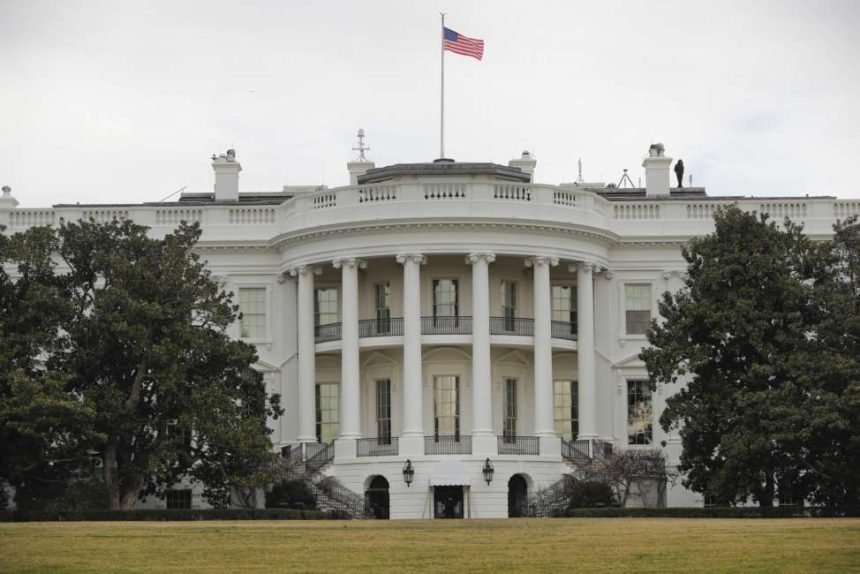The Trump administration is taking a more aggressive approach than usual to what would happen in a government shutdown, after a White House memo Wednesday night told agencies to plan for further reductions in force if government funding lapses early next week.
But with just days left before a government shutdown, many are questioning the ability for agencies to put together further RIF plans at all, since the reduction-in-force process is typically complicated and time-consuming, often taking months or longer.
The new Office of Management and Budget memo, first reported by Politico, comes after the Trump administration earlier this year directed agencies to conduct RIFs and reduce their employee headcounts, while focusing on “the maximum elimination of functions that are not statutorily mandated.”
Over the last several months, many agencies moved forward with significantly scaling down the sizes of their workforce, with employees exiting both voluntarily and by force. An estimated 200,000 federal employees have so far vacated their jobs this year. Trump administration officials are predicting they will surpass a 300,000-employee reduction by the end of the calendar year.
In some cases, however, such as at the IRS and the General Services Administration, agencies have walked back their staffing reductions after determining the cuts were too steep.
OMB is now directing agencies to consider even further RIFs, particularly for federal employees working in programs with funding that would lapse next week, those whose programs are not otherwise funded, and those whose work is “not consistent with the President’s priorities.”
The OMB memo also said RIF notices should go out to all impacted employees, regardless of whether they are categorized as excepted or furloughed for the purposes of a shutdown. And if a shutdown is averted, OMB said agencies don’t need to push forward with additional RIF plans — but still encouraged agencies to do so.
“Once fiscal year 2026 appropriations are enacted, agencies should revise their RIFs as needed to retain the minimal number of employees necessary to carry out statutory functions,” OMB said.
But Bobby Kogan, a former OMB official during the Biden administration, questioned both the legality and feasibility of conducting a last-minute RIF at all, either before or during a shutdown.
“It doesn’t seem to me that they would really be able to legally do that additional work during a shutdown — and it doesn’t seem to me that they’d be able to get it all done beforehand,” said Kogan, who’s currently a senior director at the Center for American Progress. “So either this is something they were planning to do anyway, and they are just using this as a pretext, or it’s a threat to try to get what they want.”
Certain government activities, including those funded outside congressional appropriations, can still continue in the event of a government shutdown. Activities that are expressly provided for in law, as well as those that are deemed to “protect against imminent threats to life or property,” are also excepted during a shutdown and allowed to continue, according to the Center on Budget and Policy Priorities.
At the same time, though, there is at least some room for interpretation of what can or cannot continue during a shutdown.
“Different administrations have interpreted these exceptions to apply more or less narrowly, meaning that the activities that continue during a shutdown have differed to some extent from administration to administration,” CBPP said in a recent blog post. “The first Trump administration took a more expansive view of the public services that should continue.”
“But you can’t really say that preparing to fire a bunch of people is necessary for protecting against imminent threats to life and property,” Kogan said.
Because OMB’s directive on RIFs around the possibility of a government shutdown is unprecedented, it’s difficult to predict how the process would actually take place either before or during a shutdown.
“Although a RIF may ultimately not happen during a shutdown, agencies would presumably have lists of employees that they think could be subject to a future RIF,” said Jenny Mattingley, vice president of government affairs at the Partnership for Public Service. “Unfortunately, this continues the administration’s current trend of making personnel decisions at a speed that neglects to take into account the work that has been authorized by Congress, provides services that Americans rely on or looks strategically at the staffing needs of agencies to carry out their missions.”
In the wake of the new OMB directive, Democratic lawmakers argued that the Trump administration has no legal grounds during a government shutdown to direct further RIFs. Sen. Chris Van Hollen (D-Md.) described the OMB memo on RIFs as “mafia-style blackmail.”
“These dedicated workers have nothing to do with the ongoing political and policy disputes that have brought us to the brink of a shutdown,” Van Hollen said. “These threats are not only an attack on Americans’ services and benefits, they’re also likely illegal. We’ll be fighting back with every tool we have.”
“The Trump administration has already done everything, legal and illegal, to fire federal workers,” added Rep. James Walkinshaw (D-Va.), who was recently elected to House seat of the late Rep. Gerry Connolly (D-Va.). “Let me be clear: A shutdown gives the administration no additional legal authority to fire or RIF federal employees.”
If you would like to contact this reporter about recent changes in the federal government, please email drew.friedman@federalnewsnetwork.com or reach out on Signal at drewfriedman.11
Copyright
© 2025 Federal News Network. All rights reserved. This website is not intended for users located within the European Economic Area.











